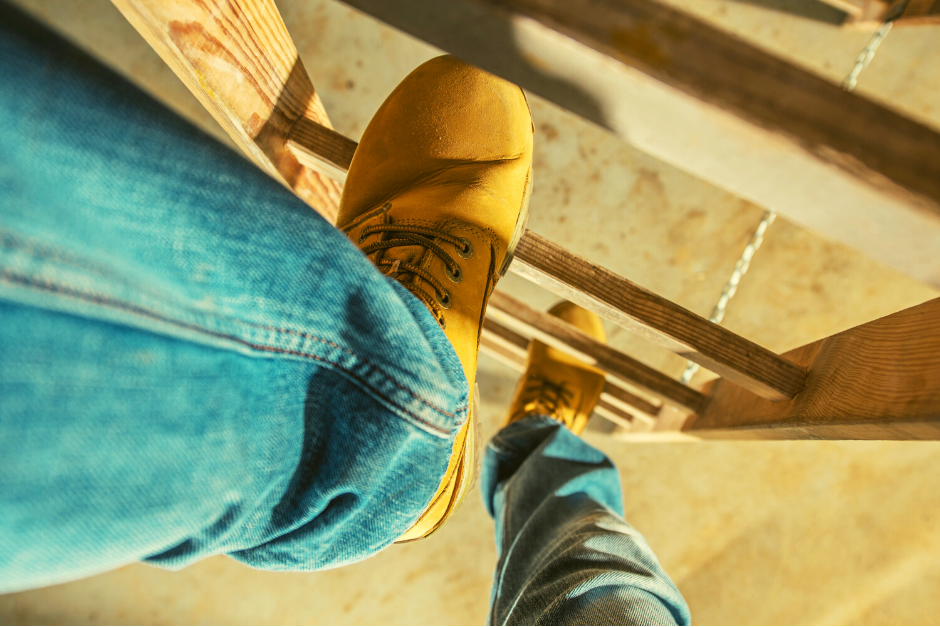A ladder is one of the basic tools we all have and use in our homes or at work. It is also commonly a cause of injuries and sometimes even death.
According to the Centers for Disease Control (CDC), more than half a million people are treated for ladder-related injuries every year in the United States and about 300 people die from these injuries. The estimated annual cost of ladder injuries is $24 billion, including work loss, medical, legal, liability, and pain and suffering expenses.
Ladder accidents, however, can be prevented when portable ladders are used appropriately, and users follow common safety recommendations.
Safety Tips
The Occupational Safety and Health Administration (OSHA) has developed a ladder safety guide that includes some of the following user recommendations:
- If you feel tired or dizzy, or are prone to losing your balance, stay off the ladder.
- Do not use ladders in high winds or storms.
- Wear clean slip-resistant shoes. Shoes with leather soles are not appropriate for ladder use since they are not considered sufficiently slip-resistant.
- Use the right ladder for the job. For example, make sure the ladder is long enough to work from without using the top 3 feet. Or, if the work involves possible contact with sources of electrical current an aluminum ladder is not suitable.
- Before use, inspect the ladder. If it is damaged or has loose or missing parts, do not use it. Clean off any foreign substance or material on it that would make the rungs slippery or sticky.
- Read and follow all directions that come with the ladder.
- Set up your ladder with care.
- Don’t place it in front of a closed door that could open toward the ladder. Prop the door open, instead.
- If you are using a step ladder, make sure it is in a fully open position on a stable and level surface (unless it has been secured to prevent movement.)
- Do not set it up on top of something to give it additional height. Keep the area around its base uncluttered.
- Avoid electrical hazards by making sure you keep your ladder away from power lines.
- Always face the ladder when ascending or descending. Keep your body near the middle of the step.
- Follow the “3-Point Contact Rule” when climbing or coming down. This means either have two hands and a foot, or two feet and a hand on the ladder, at all times, while you are using it.
- Never use the top of the ladder as a step.
- Do not move, shift, or extend the ladder while in use.
- Never carry any object while on the ladder that may cause you to lose your balance. Carry your tools and other supplies in a tool belt and don’t reach too far to either one side or the other.
- Only one person should be on the ladder at a time unless it is designed to carry multiple people.

